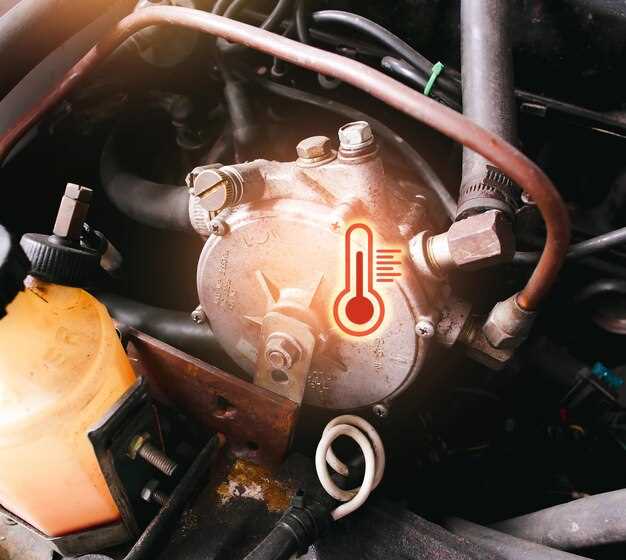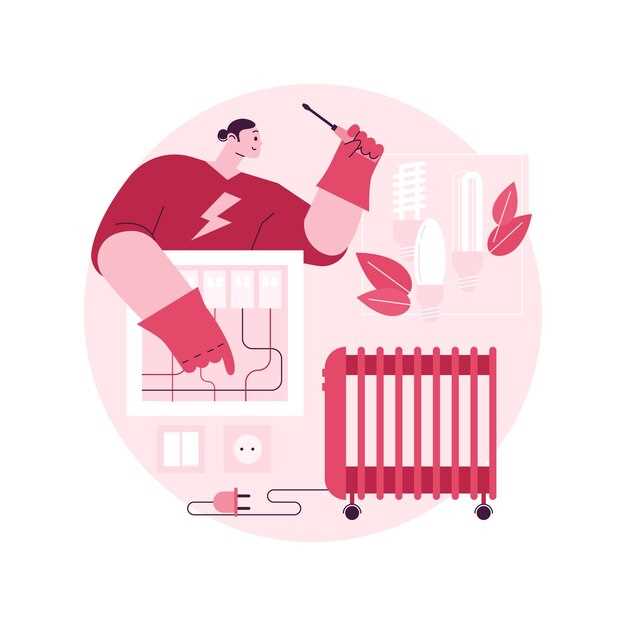
Transmission overheating is a critical issue that can significantly impact vehicle performance and longevity. The transmission system is responsible for transferring power from the engine to the wheels, and when it operates at elevated temperatures, it can suffer from a range of problems. Understanding the root causes of overheating is essential for both preventative measures and timely maintenance.
Several factors contribute to the overheating of a transmission. One primary cause is low fluid levels. Transmission fluid not only lubricates moving parts but also helps to regulate temperature. When fluid levels drop, the system cannot dissipate heat effectively, resulting in overheating. Additionally, the quality of the transmission fluid plays a vital role; contaminated or degraded fluid can lose its ability to cool, further exacerbating the issue.
Another significant factor is driving conditions. Frequent stop-and-go traffic or towing heavy loads can place additional strain on the transmission, causing it to work harder and generate more heat. Heat buildup can also occur when a vehicle is subjected to extreme weather conditions. Understanding these dynamics is crucial for preventing overheating and ensuring the proper operation of the transmission system.
Identifying Common Symptoms of Transmission Overheating

Transmission overheating can lead to significant vehicle issues if not addressed promptly. One of the primary symptoms to look out for is a slipping gear. When the transmission overheats, the fluid’s ability to provide necessary cooling and lubrication diminishes, causing gears to slip unexpectedly during operation.
Another sign of overheating is unusual odor, specifically a burning smell. This scent often indicates that transmission fluid is breaking down due to high temperatures, signaling a critical need for inspection. Additionally, drivers may experience a delay in gear engagement, where there is a noticeable lag between shifting from park to drive, or when changing gears while driving.
Poor acceleration can also be a result of overheating. If the transmission is unable to function properly due to excessive heat, it may lead to sluggish response times when the driver accelerates. Furthermore, warning lights on the dashboard may illuminate, alerting the driver to transmission problems. These indicators often communicate issues with overheating or low fluid levels.
Finally, there may be visible leaks under the vehicle. If the transmission fluid is overheated, it can lead to seals and gaskets failing, resulting in leaks. Keeping an eye on these symptoms can help identify transmission overheating early, allowing for prompt action to prevent further damage.
Exploring Mechanical Issues Leading to Gear System Heat Accumulation

Heat accumulation in gear systems is often a result of several mechanical issues that can compromise their efficiency and longevity. Understanding these problems is crucial for maintaining optimal performance and preventing overheating.
One significant factor contributing to gear overheating is inadequate lubrication. Lubricants reduce friction between gear teeth, but over time, they can break down or become contaminated, leading to increased wear and heat generation. Insufficient lubrication not only affects the smooth operation of the gears but also accelerates the degradation of both the gears and the lubricant itself.
Another mechanical issue that can lead to heat accumulation is misalignment within the gear system. Proper alignment is essential for even load distribution across the gear teeth. When gears are misaligned, certain areas experience excessive pressure, resulting in increased friction, wear, and ultimately, overheating. Regular maintenance and alignment checks are necessary to prevent these problems.
Excessive load is also a crucial factor. Gear systems are designed to handle specific loads, and exceeding these limits can lead to significant heat buildup. This overloading can occur due to improper calculations or unexpected changes in operational conditions. Awareness of the gear system’s limitations is essential to prevent overheating.
Lastly, manufacturing defects such as improper tooth profile or surface finish can lead to inefficient gear meshing. This inefficiency increases the friction and generates excess heat. Routine inspections and quality control during the manufacturing process can help mitigate these issues, ensuring that gears operate within their intended parameters.
In summary, addressing lubrication issues, ensuring proper alignment, avoiding excessive loads, and maintaining high manufacturing standards are vital steps in preventing overheating in gear systems. By tackling these mechanical issues, operators can enhance the reliability and efficiency of their gear-driven equipment.
Preventive Measures to Avoid Transmission Overheating in Vehicles
To maintain optimal performance and longevity of your vehicle’s transmission system, implementing preventive measures against overheating is essential. One of the most effective strategies is to ensure regular maintenance of the transmission fluid. Promptly changing the fluid at recommended intervals ensures that the lubricant remains effective, reducing friction and heat buildup. Additionally, checking the fluid levels frequently can prevent overheating caused by low fluid levels.
Installing an external transmission cooler is another practical approach. It helps to dissipate heat more efficiently, especially during heavy towing or driving in mountainous regions where the transmission may be under increased stress. Ensuring proper airflow to the transmission through routine inspection of the cooling system can also mitigate overheating issues, as obstructions can trap heat.
Driving habits significantly influence transmission temperature as well. Avoiding aggressive driving behaviors, such as rapid accelerations and hard braking, can minimize the strain on the transmission. Also, utilizing lower gears when navigating steep inclines can help prevent excessive heat generation.
Lastly, keeping the vehicle well-maintained overall is crucial. This includes checking and replacing worn-out parts, ensuring the cooling system is functioning, and monitoring the condition of hoses and connections. Such proactive measures create a balanced system that effectively manages heat, reducing the risk of transmission overheating.

